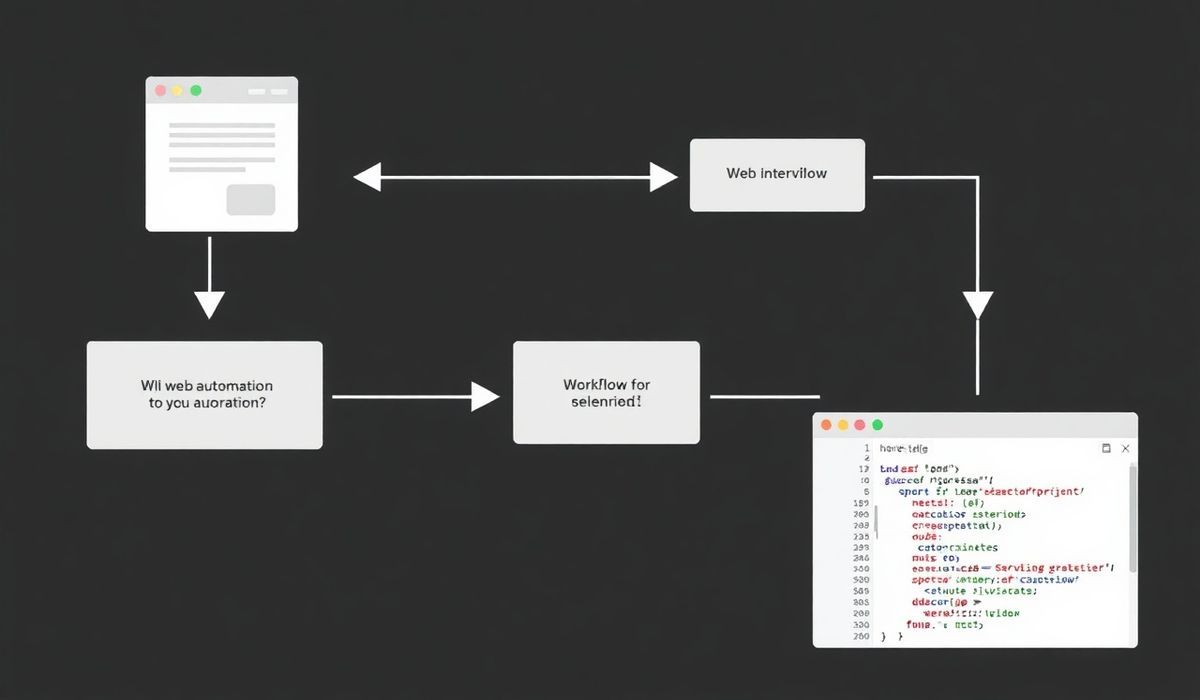Introduction to Fetch Retry
The fetch-retry library is an essential tool for handling failing network requests in JavaScript applications. It extends the native fetch API with automatic retry capabilities, making it easier to manage transient errors such as network timeouts or server overloads.
Why Use Fetch Retry?
Fetch retry helps in minimizing failed network requests, improving user experience by attempting to automatically recover from temporary issues.
Basic Setup
First, let’s see how to include fetch-retry in a project:
npm install fetch-retry
Then, use it by importing and wrapping your fetch calls:
import fetch from 'fetch-retry';
fetch('https://api.example.com/data')
.then(response => response.json())
.then(data => {
console.log(data);
})
.catch(error => {
console.error('Error:', error);
});
Advanced Usage
Here are some advanced options you can set up:
Custom Retry Logic
import fetch from 'fetch-retry';
const customFetch = fetch.configure({
retries: 3,
retryDelay: (attempt) => Math.pow(2, attempt) * 1000,
retryOn: [429, 500, 502, 503, 504]
});
customFetch('https://api.example.com/data')
.then(response => response.json())
.then(data => {
console.log(data);
})
.catch(error => {
console.error('Error:', error);
});
Using Retry Callback
import fetch from 'fetch-retry';
const fetchWithCallback = fetch.configure({
retries: 3,
retryDelay: 1000,
retryOn: async (attempt, error, response) => {
if (response && response.status === 404) {
return false;
}
console.log(`Attempt: ${attempt} failed. Retrying...`);
return true;
}
});
fetchWithCallback('https://api.example.com/data')
.then(response => response.json())
.then(data => {
console.log(data);
})
.catch(error => {
console.error('Error:', error);
});
Integration in a Web Application
Finally, here is an example of integrating the fetch-retry library into a simple web application:
import fetch from 'fetch-retry';
const fetchData = async () => {
try {
const response = await fetch('https://api.example.com/data', {
retries: 3,
retryOn: [500, 503],
retryDelay: 2000
});
const data = await response.json();
console.log('Fetched data:', data);
} catch (error) {
console.error('Fetching data failed', error);
}
};
document.getElementById('fetch-button').addEventListener('click', fetchData);
With this setup, the application will attempt to retry fetching data three times with a 2-second delay between attempts if the server responds with status codes 500 or 503.
Conclusion
In this guide, we’ve shown how to set up and use fetch-retry to improve the reliability of network requests in JavaScript applications. The examples demonstrated basic and advanced configurations along with integration into a simple web application. Implementing these techniques can significantly enhance the user experience by reducing the impact of transient network issues.
Hash: 2a6d449a1753a186be65d1b7c57aa99ad2fd3f860e7bc9af3e4802ae27ec7ace




